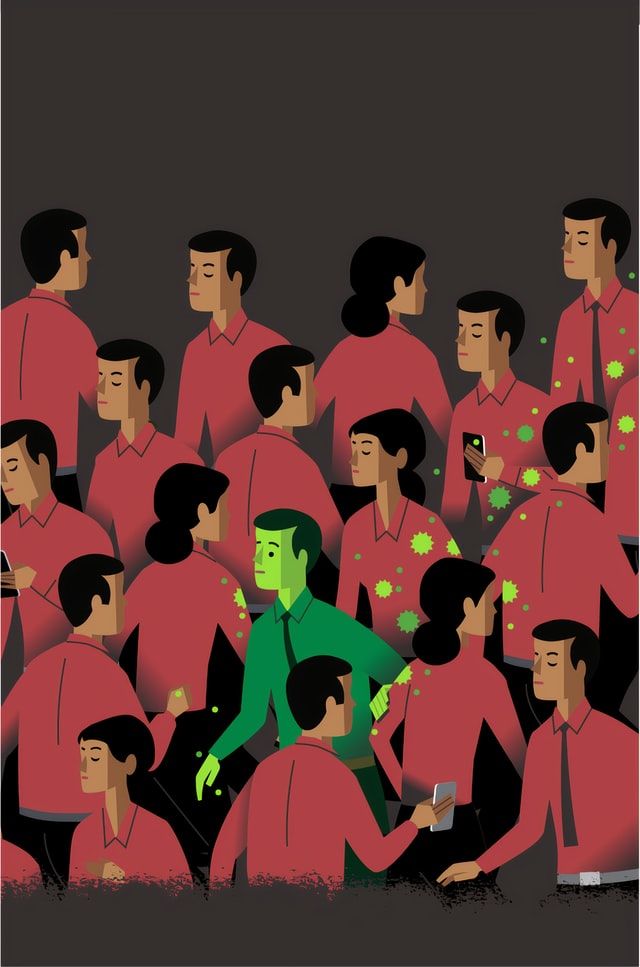
Gender discrimination litigations are shedding light on the continuing problem of workplace bias
In most jurisdictions, gender discrimination at the workplace is prohibited by law. However, from hiring policies and promotions, to compensation offered, many companies treat women differently than they do men. It is also common for pregnant or nursing women to be let go of during their maternity leaves. According to the International Labour Organization, on average, women are paid 20 percent less than men are globally. In some countries, this difference goes up to over 45 percent.
Additionally, women who live at the intersections of sexual orientation, race, and gender identity, and in general, any individuals who do not identify as cis-het, face greater hurdles in being treated equally at the workplace. Inherent bias and glass-ceilings prevent them from achieving their potential at the workplace by affecting productivity, leading to low self-esteem, and resulting in isolation, among other negative repercussions.
Trends in Litigation
Pinterest’s settlement of a gender discrimination case of over $22 million in December 2020 has been hailed as the largest settlement of its kind. The suit was brought by former COO of the company, Françoise Brougher, who alleged that she had been fired for speaking out against the discrimination and misogyny that was rampant at the company. Also in December last year, the Workplace Relations Commission (WRC) in Ireland ordered the Ministry of Defence to pay a compensation of €117, 814 to a former captain in the Air Corps, Yvonne O’Rourke. The adjudication officer had found that she had been a victim of gender discrimination, wherein her maternity leave periods were equated to sick leave absences of male colleagues, resulting in her being given a poor performance rating by the Defence Forces.
These cases have been the latest in a string of litigations that have taken place over the last few decades. In 2001, six female Walmart employees filed a suit in a US federal court, alleging that the company discriminated against them with regard to salary, bonuses, and training. The suit, however, failed when the Supreme Court reversed lower court decisions granting the women the status of a class for the purpose of a class action suit. In a new suit in August 2013, a district court held that the women would have to proceed individually, rather than as a class of over a million women. In 2017, seven of the women from the original suit in 2001 filed a new suit at the Florida Southern District Court, alleging gender discrimination at Walmart and Sam’s Club in compensation and promotion practices at three of their locations.
In early March 2021, a lawsuit was filed against Amazon for race-gender bias at the workplace, for discriminating against women and black employees, and placing them at lower level jobs than their qualifications indicated. Charlotte Newman has alleged that she has been sexually assaulted, harassed and denied promotions that she deserved. She has also alleged that her compensation was significantly less than her white co-workers. In another instance, two former executives filed a suit, against the entity that owns the Langham and Eaton hotel chains, alleging that they had been working at a “doghouse of misogyny, drug use, and hostility toward women,” and that they had been fired for raising these concerns. Riot Games is also presently conducting investigations after being sued for gender discrimination and harassment multiple times over the last few years.
These are not isolated incidents, neither are they fully indicative of the different types and degrees of discrimination individuals face at work based on their gender. The problem of gender discrimination exists at almost all workplaces in some form or the other. In some, these practices are more blatant and harmful to employees, while in others, they are subtle and systemic. The fact remains that decades since the movement for equality began, bias and discrimination based on gender is still pervasive.
The US Supreme Court in 2020 ruled that Title VII of the Civil Rights Act of 1964 covered the protection of LGBT employees against discrimination at the workplace. Similar protections against workplace discrimination against LGBTQ+ individuals exist in employment laws in a number of jurisdictions, such as in the EU and in Australia. Until implementation of anti-discrimination laws is made more effective and the problem is addressed at every level, countries that have the necessary legislation to support civil cases will see more such suits. Limited protection exists in some countries in Asia and the Pacific, with very few laws to affirmatively protect LGBTQ+ individuals, making it difficult to bring civil action under existing laws.
What Workplaces Can Do to Tackle Gender Discrimination
The first step that any employer can take is to take a zero-tolerance stand against discrimination and harassment at the work place. Thereafter, managerial level changes must be set in motion to increase representation and to address wage gaps and other practices that discriminate between people of different genders. Subsequent steps to address issues of gender discrimination would include providing flexible maternity related schedules, normalizing breastfeeding at the workplace, and conducting regular trainings on gender identities, discrimination and harassment. Furthermore, it is essential that employers create a safe space for complainants and a transparent and robust procedure for resolution of such complaints. It is in the best interest of companies to comply with the gender discrimination laws in the respective jurisdictions in which they operate.
How just is movement towards ‘Just Transition’?
The global push for a low-carbon economy – through renewable energy, electric mobility, green hydr
Gender discrimination litigations are shedding light on the continuing problem of workplace bias
In most jurisdictions, gender discrimination at the workplace is prohibited by law. However, from hi
Preparing for the world’s next pandemic: lessons learned in 2020
Even as the world is reeling from the effects of COVID-19, the World Health Organization has urged w








Post a comment